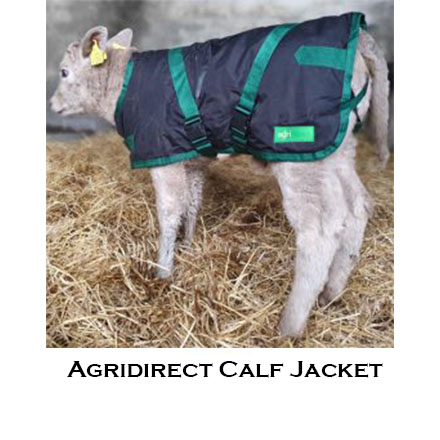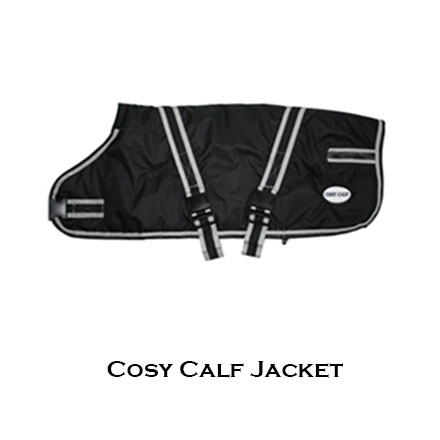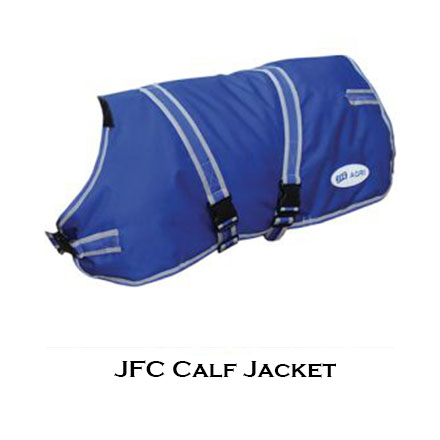
The first week of spring: says who?
Traditionally February is regarded as the first month of spring, but there were few signs of a new season this past week. If anything, February seems to have plunged the country deeper into winter. Over the last fortnight or so, we have seen torrential downpours of rain, hale and even sleet. On high ground, in some parts, there was a skiffle of snow.
For busy farmers now mired in calving season, these conditions bring with them additional worry. After all, calves in their first weeks of life are vulnerable to cold and wet, and are known to succumb to a wide range of ailments linked to inhospitable weather conditions.
Calf jackets: the ideal solution
An abundance of research has demonstrated that calf jackets are a safe, cost-effective and labour-saving means of keeping calves warm in the first weeks of life. It is essential, however, that they are used correctly. I have heard stories of some farmers who, with the best of intentions, put jackets directly onto wet calves. The consequences of this were predictable.
If you are using calf jackets, always remember that the animal must be completely dry before you wrap him up. Sometimes, this will mean putting him under an infrared bulb, or placing him in a hot box for a few minutes before applying the jacket.
Calf jackets are effective, but like most tools available to us, they must be used as they were intended.
Getting the temperature right
Generally, the ideal shed temperature for young calves is 15° Celsius. These days, we can’t expect that kind of natural heat in an open or drafty shed. Therefore, we have to pay close attention to keeping drafts out of calf sheds, and ensure that calves have plenty of good quality bedding.
If these measures are ineffective, and some calves continue to appear weak and cold, the calf jacket is indeed your best option. Good quality calf jackets are well insulated, breathable and waterproof. If used correctly, they dramatically improve a weak calf’s chances of surviving these first vulnerable weeks. Realistically, however, you shouldn’t have to use calf jackets for animals older than 4-5 weeks. At this age, calves should be better able to regulate their own body temperature.
Good hygiene is essential
Finally, when using calf jackets, please remember to use good hygiene. When dealing with young and vulnerable animals, the importance of hygiene is always paramount. If a calf is weak enough to need a calf jacket, the chances are that his immune system is weak. Washing and disinfecting the jacket between each use will help to mitigate the risk of spreading disease within the herd.














